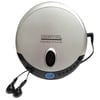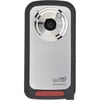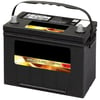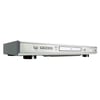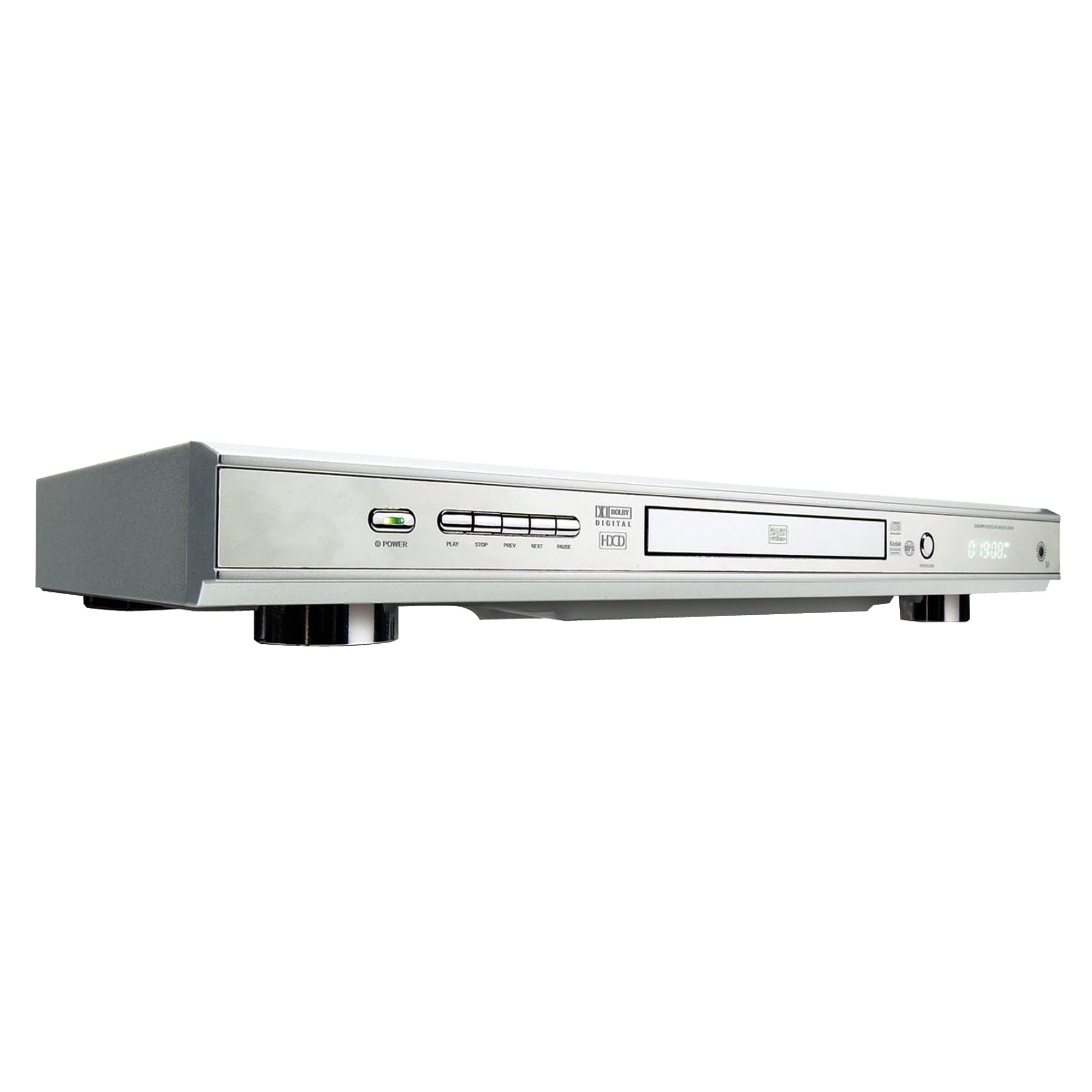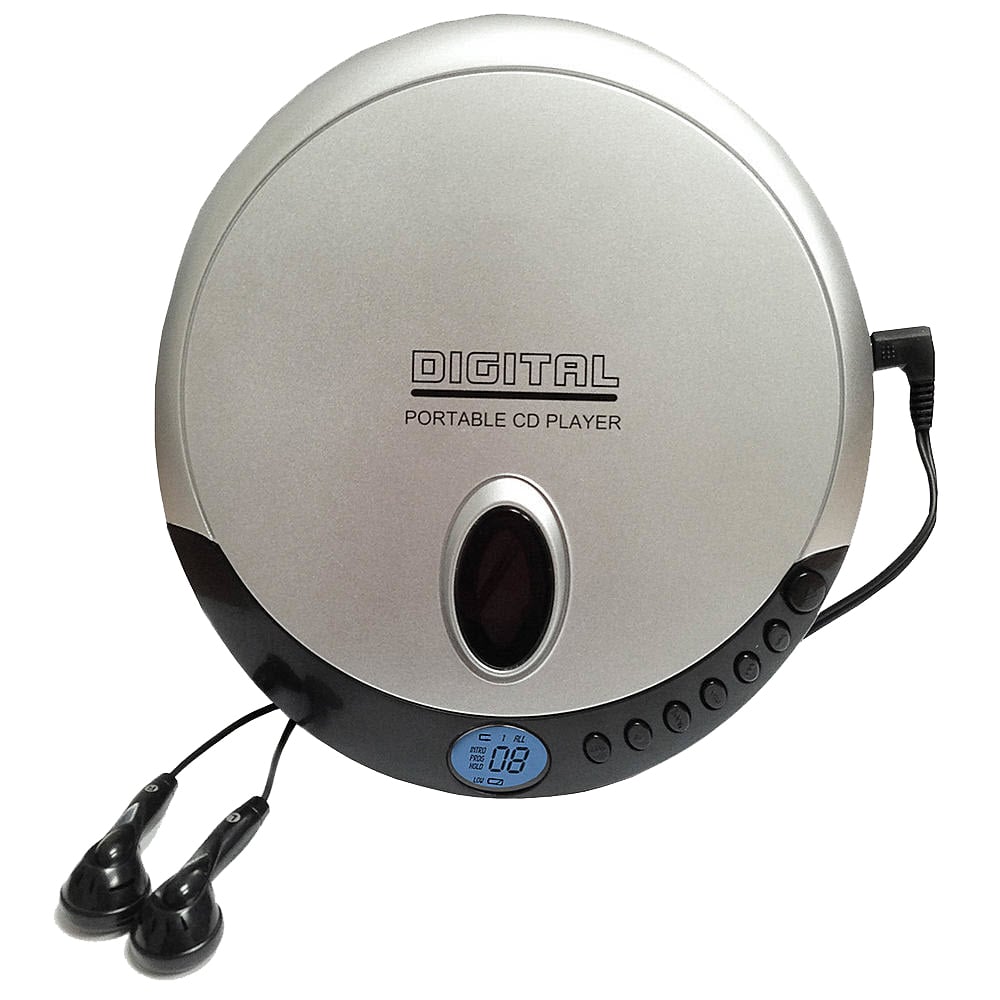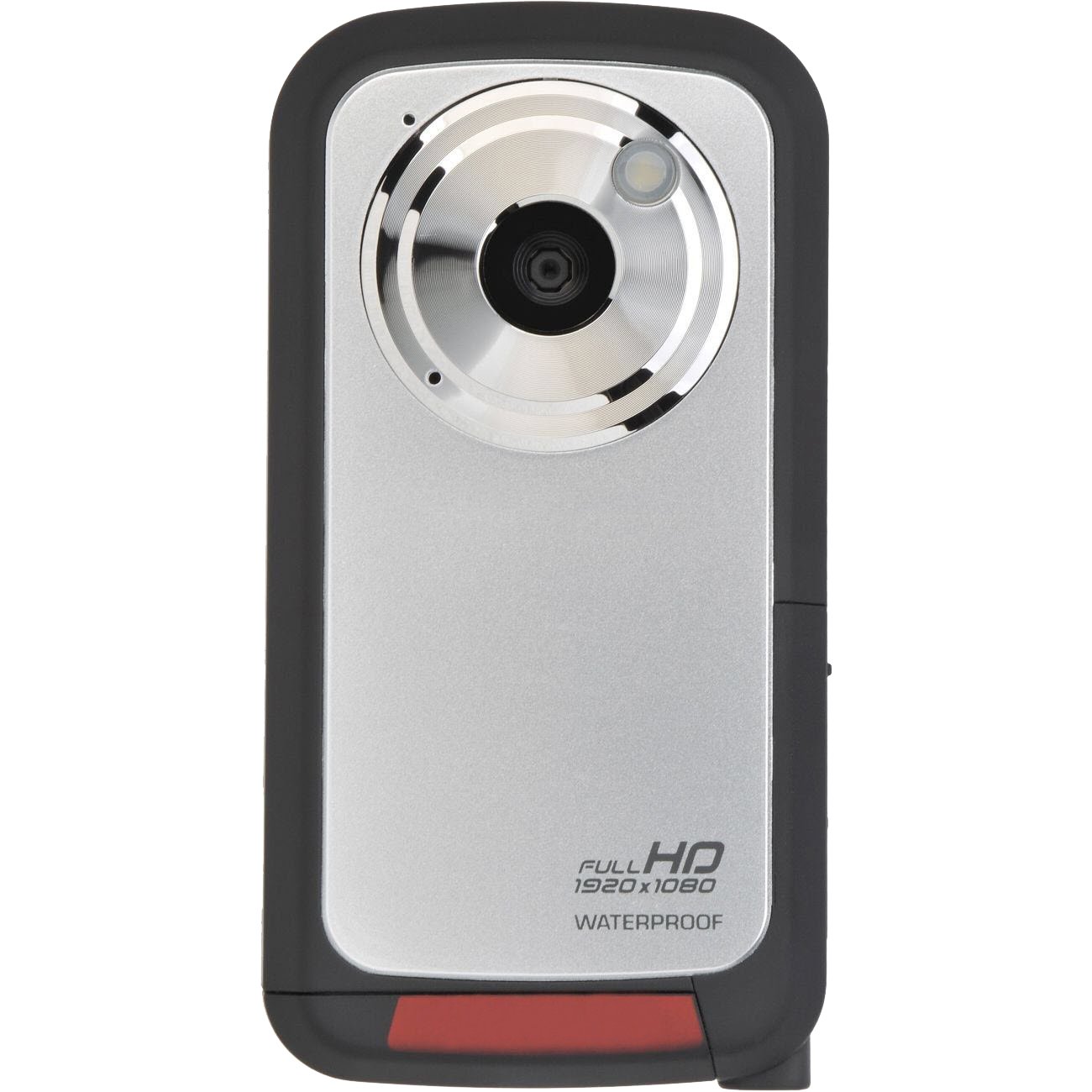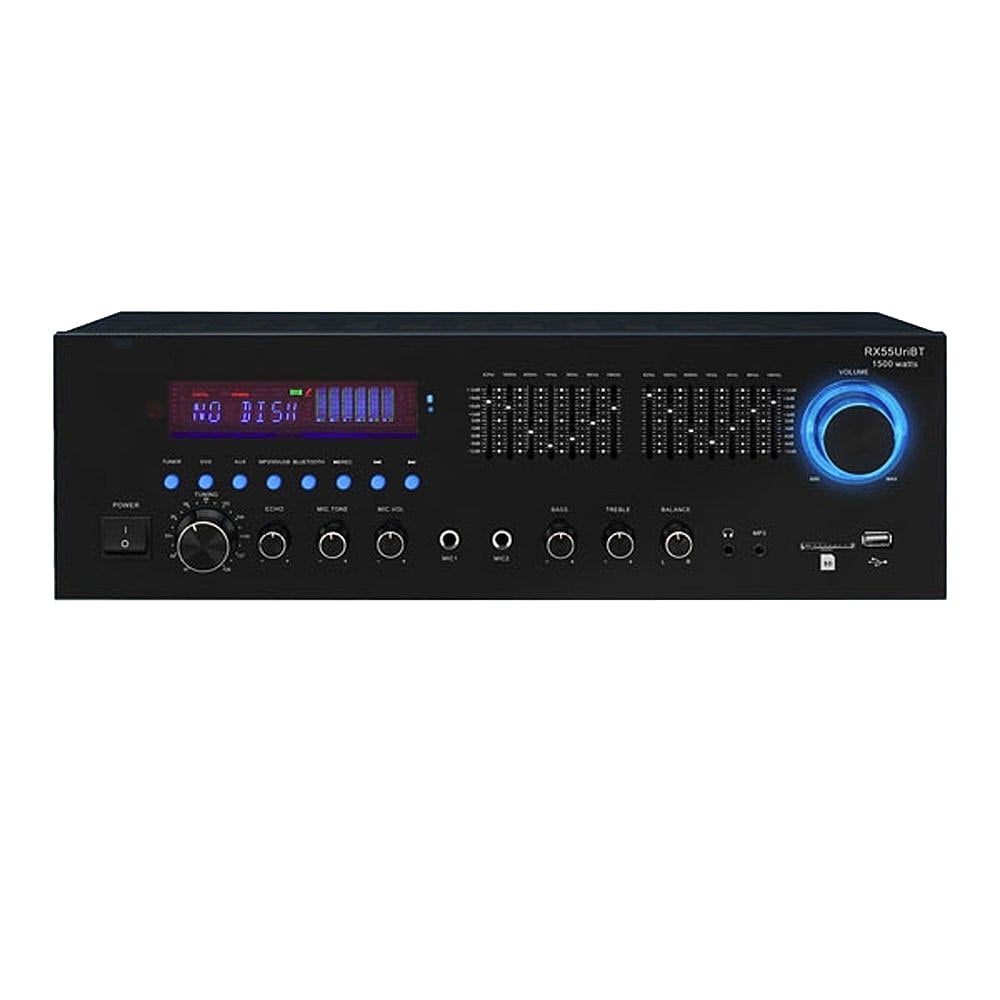When it comes to your audio and video equipment, there are a bunch of intricate parts that work together to make music and movies sound and appear the right way. Something as small as a transistor burning out on the circuit board or a frayed speaker wire can end movie night in a snap.
We carry parts for these popular Pioneer models
Common issues with Pioneer equipment
- One of the most common components to malfunction is the speakers, and they can do so in several ways. If, for example, there's a power surge through your home's electrical system, that surge can travel through the receiver, down the speaker wire and into the speaker, causing it to blow out.
- Not all problems that can happen to your audio equipment are electrical, however, as turning on control knobs too hard or pressing down too far on buttons can crush the rubber tips that send signals through the circuit board.
- There are other components of your Pioneer audio and video system that can become damaged as well. The DVD player will generally suffer from two different kinds of problems. The first is when the laser that reads the discs becomes dirty or unfocused. That's usually the result of dust or other particles getting inside the unit when discs are loaded. The second common problem occurs when the door on the DVD malfunctions, causing a disc to get stuck inside the unit. If too much pressure is exuded on the door mechanism, either from trying to force it open or pushing down too hard when placing a disc on it, then the door will become misaligned.
- Another problem that occurs in Pioneer equipment has to do with the television. Be sure to not leave any static pictures on the television screen for long periods of time because the image can become burned into the screen.
Troubleshooting issues with your audio
If the audio goes out in your Pioneer system, there are a few steps you can take to locate the problem to repair it. First, start with the wires in the back. Check the speaker wires for fraying or tears that might sever the connection. Also, check that power cords are plugged in and all audio cables are secured while inspecting them for damage. If the cords are in order, you can next check the speakers by removing the back covers using a screwdriver and examining them for physical damage. You can also rub the leads on a 9-volt battery to listen for a popping noise that indicates they're working. If the speakers are in order, then check the receiver for signs of physical or water damage. You can open up the casing and use a multimeter to test the electronic components.
